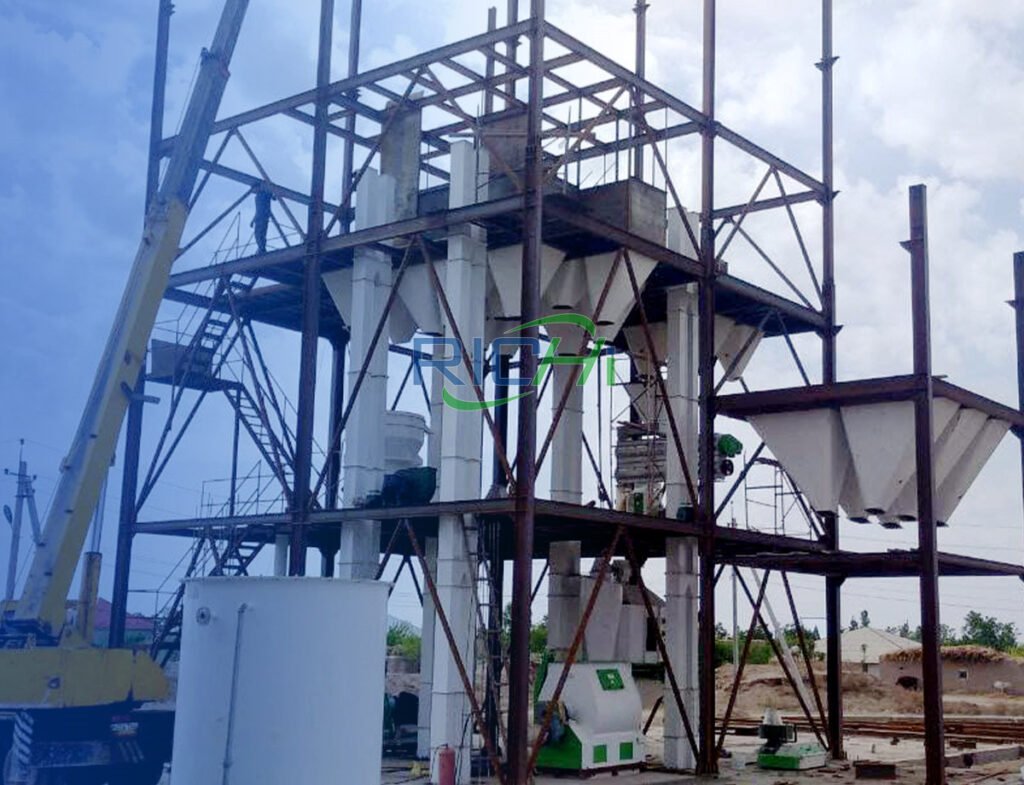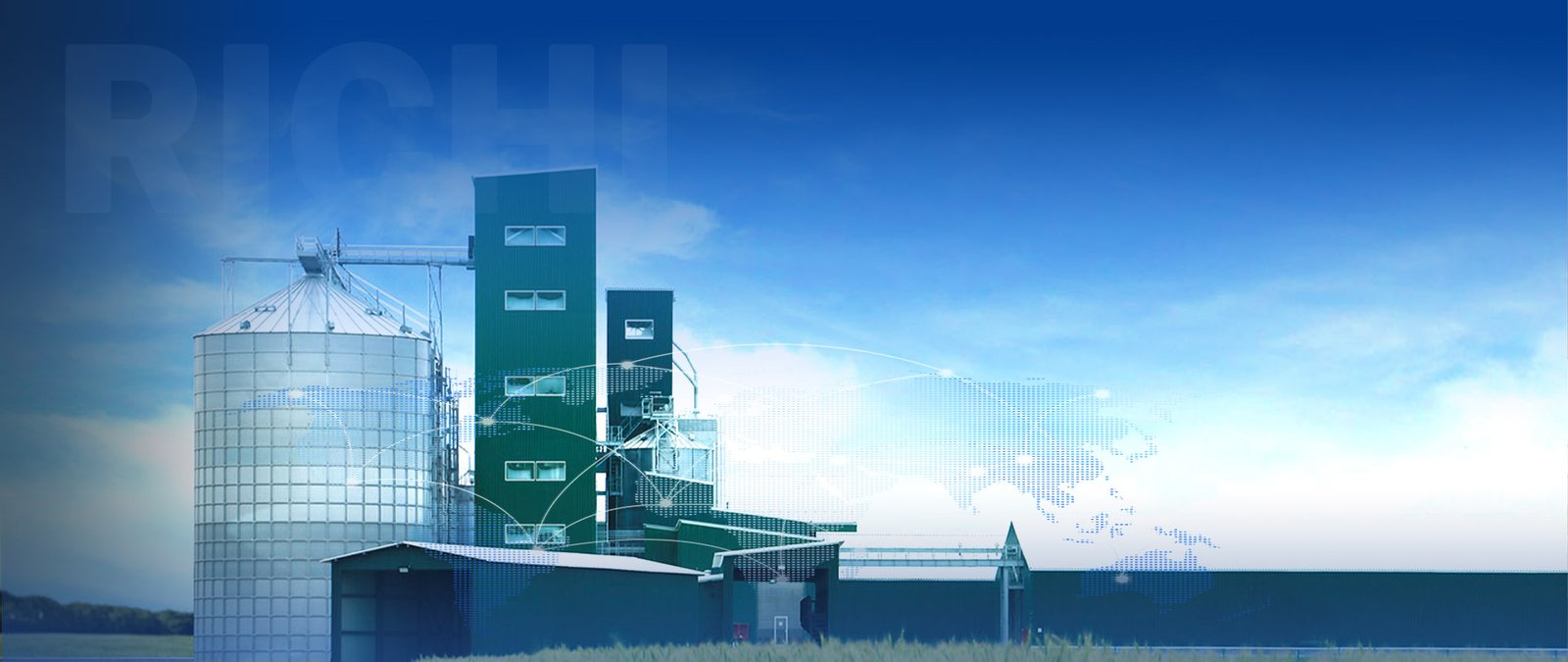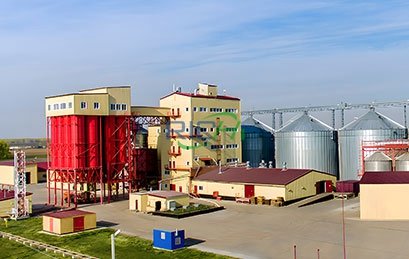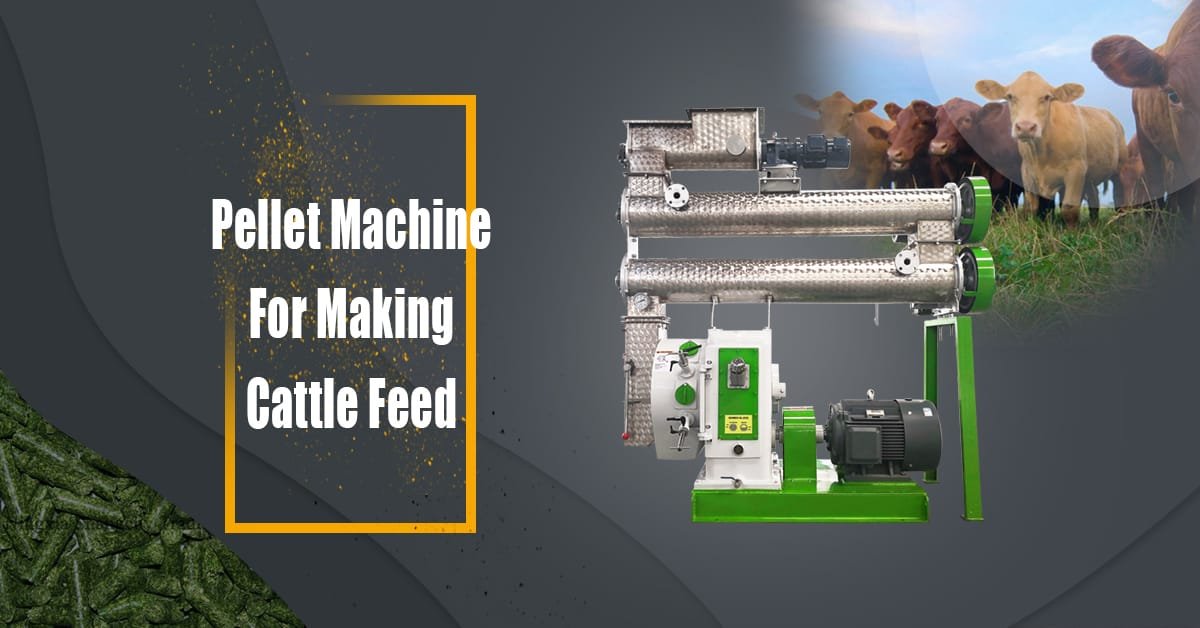The animal feed manufacturing industry plays a crucial role in providing quality nutrition to livestock and poultry, ensuring their growth and productivity. A 30 t/h animal feed production machine is specifically designed to meet the demands of large-scale operations, delivering significant output while maintaining quality and efficiency. Understanding the key performance metrics (KPMs) of these machines is essential for feed manufacturers aiming to optimize their operations and ensure profitability. This article examines the primary performance metrics of a 30 t/h animal feed production machine.
1. Production Capacity
The production capacity is the most critical metric for any feed manufacturing machine. For a 30 t/h animal feed production machine, this refers to the ability to produce up to 30 tons of feed per hour under optimal conditions.
- Consistency in Output: The machine should consistently meet its rated capacity without significant fluctuations. This reliability is vital for meeting market demands and ensuring a steady supply of feed.
- Scalability: The machine’s design should allow for scalability to accommodate increased production needs. This includes the ability to adjust settings or integrate additional components to enhance output without compromising quality.

2. Pellet Quality
The quality of the pellets produced is another essential metric. High-quality pellets ensure better feed conversion ratios in livestock and poultry.
- Durability: Pellets must possess sufficient hardness and durability to withstand handling, transportation, and storage. Pellet durability tests can assess the percentage of fines generated during handling.
- Uniformity: The size and shape of the pellets should be consistent, promoting effective feeding and digestion by animals. This uniformity is crucial for achieving optimal growth rates and feed efficiency.
- Nutritional Value: The machine should effectively preserve the nutritional value of the raw materials used, including maintaining the integrity of vitamins and minerals during processing.
3. Energy Efficiency
Energy consumption significantly impacts operational costs in feed manufacturing. A 30 t/h animal feed production machine should be designed for optimal energy efficiency.
- Power Consumption: Monitoring the machine’s power consumption is essential to ensure it operates within acceptable limits. Efficient machines minimize energy usage while maintaining high output levels.
- Energy Recovery Systems: Advanced machines may incorporate energy recovery systems that capture excess energy generated during operation, further enhancing overall energy efficiency.
4. Operational Flexibility
The ability to adapt to various production requirements is a vital metric for a 30 t/h animal feed production machine.
- Ingredient Versatility: The machine should be capable of processing a wide range of raw materials, including grains, oilseeds, and additives. This versatility enables manufacturers to formulate different types of feed based on market demands.
- Adjustable Settings: Operators should have the flexibility to adjust settings such as die size, moisture content, and mixing times to accommodate different feed formulations, which is crucial for producing specialized feeds.
5. Maintenance and Reliability
The reliability of the feed factory machines and ease of maintenance are critical for ensuring uninterrupted production.
- Downtime: The machine should be designed to minimize downtime due to repairs or maintenance. Utilizing high-quality components that require less frequent replacement and ensuring easy access to parts for maintenance are essential.
- Preventive Maintenance Features: Incorporating features that facilitate preventive maintenance, such as monitoring systems that alert operators to potential issues, can help maintain optimal performance and reduce unexpected breakdowns.
6. Safety Features
Safety is paramount in any manufacturing operation. A 30 t/h animal feed production machine should include several safety features to protect operators and prevent accidents.
- Emergency Shutdown Systems: The machine should be equipped with emergency stop buttons and systems that allow for quick shutdown in case of an emergency.
- Safety Guards and Shields: Proper guarding around moving parts and access points is essential to prevent accidents and injuries during operation.
- Operator Training: Comprehensive training for operators on safety protocols and machine operation is crucial for maintaining a safe working environment.
7. Environmental Impact
Increasingly, feed manufacturers are focusing on the environmental footprint of their operations. A 30 t/h animal feed production machine should be designed with sustainability in mind.
- Dust Control Systems: Effective dust control systems help minimize airborne particles during processing, improving air quality and reducing health risks for workers.
- Waste Management: The machine should incorporate features for efficient waste management, including the collection of fines and by-products for reuse or disposal.
- Energy Sources: Utilizing renewable energy sources or energy-efficient technologies can further reduce the environmental impact of the feed manufacturing process.
Conclusion
The performance metrics of a 30 t/h animal feed production machine are crucial in determining its efficiency, reliability, and overall effectiveness in meeting market demands. Key metrics such as production capacity, pellet quality, energy efficiency, operational flexibility, maintenance and reliability, safety features, and environmental impact should be carefully evaluated when selecting or assessing a feed manufacturing machine.
By focusing on these performance metrics, feed manufacturers can optimize their production processes, enhance product quality, and improve profitability. As the demand for high-quality animal feed continues to grow, investing in advanced machinery that meets these performance standards will be essential for success in the competitive animal feed market.
For details please contact: pellet production line
WhatsApp:86 138 3838 9622
Email:enquiry@richipelletmachine.com










